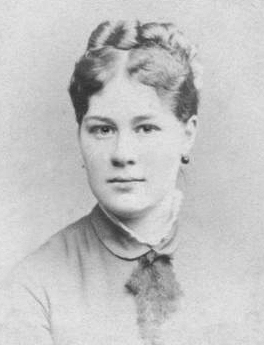
Eliza Cecilia Beaux was an American artist and the first woman to teach art at the Pennsylvania Academy of the Fine Arts. Known for her elegant and sensitive portraits of friends, relatives, and Gilded Age patrons, Beaux painted many famous subjects including First Lady Edith Roosevelt, Admiral Sir David Beatty and Georges Clemenceau.

François Boucher was a French painter, draughtsman and etcher, who worked in the Rococo style. Boucher is known for his idyllic and voluptuous paintings on classical themes, decorative allegories, and pastoral scenes. He was perhaps the most celebrated painter and decorative artist of the 18th century.
Events from the year 1942 in art.

Richard Watson Gilder was an American poet and editor.

Mary Hallock Foote (1847–1938) was an American author and illustrator. She is best known for her illustrated short stories and novels portraying life in the mining communities of the turn-of-the-century American West.

Mary Foote (1872–1968) was an American painter and producer of notes of Carl Jung's seminars. As an artist, she lived and worked in New York's Washington Square, Paris and Peking. From 1928 to the 1950s she lived in Zurich and created and published notes of Carl Jung's seminars until World War II. She returned to the United States in the 1950s and spent her later years in Connecticut, where she died.

Dorothea Margaret Tanning was an American painter, printmaker, sculptor, writer, and poet. Her early work was influenced by Surrealism.

Jeannette Leonard Gilder was an American author, journalist, critic, and editor. She served as the regular correspondent and literary critic for Chicago Tribune, and was also a correspondent for the Boston Saturday Evening Gazette, Boston Transcript, Philadelphia Record and Press, and various other papers. She was the author of Taken by Siege; Autobiography of a Tomboy; and The Tomboy at Work. Gilder was the editor of Representative Poems of Living Poets ; Essays from the Critic ; Pen Portraits of Literary Women; and The Heart of Youth, an anthology; as well as the owner and editor of The Reader: An Illustrated Monthly Magazine.

The Society of American Artists was an American artists group. It was formed in 1877 by artists who felt the National Academy of Design did not adequately meet their needs, and was too conservative.
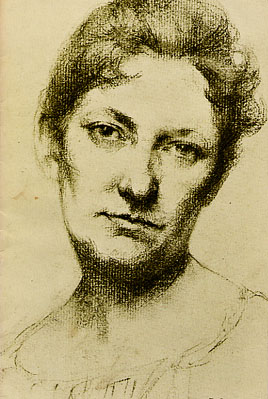
Minerva Josephine Chapman (1858–1947) was an American painter. She was known for her work in miniature portraiture, landscape, and still life.

Florence Helena McGillivray, also known as F H. McGillivray, was a Canadian landscape painter known for her Post-Impressionist style. Her family home was in Whitby, Ontario. She lived in Ottawa from 1914 to 1928. She was also a teacher. In 1916, on a visit to his studio, she encouraged Tom Thomson.

Florence Meyer Homolka was an American portrait photographer and socialite. She was married to the actor Oscar Homolka.

Maynard Dixon was an American artist. He was known for his paintings, and his body of work focused on the American West. Dixon is considered one of the finest artists having dedicated most of their art to the U.S. Southwestern cultures and landscapes at the end of the 19th-century and the first half of the 20th-century.
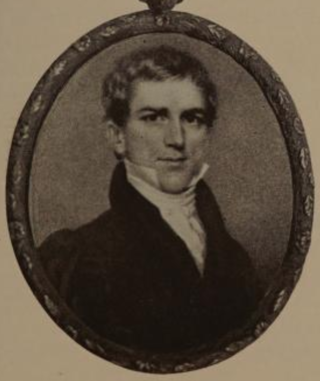
John Wheeler Leavitt was a prominent New York City businessman, founder of J. W. & R. Leavitt Company, eventually declared insolvent, and grandfather of American society portrait painter Cecilia Beaux, who frequently painted members of the family.

George Coleman de Kay was a naval officer. He was buried at St George's Church cemetery, Hempstead, New York.
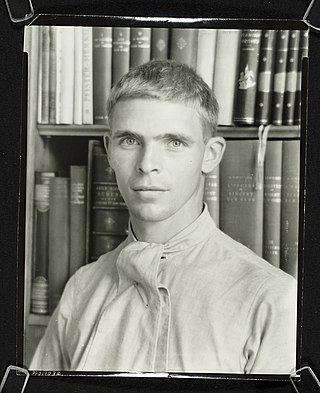
Edward Winslow Ames Jr. was an American art historian, author, and museum director. His academic research focused on Victorian art, but he "also had a deep interest in Modernism and the art of his own period."
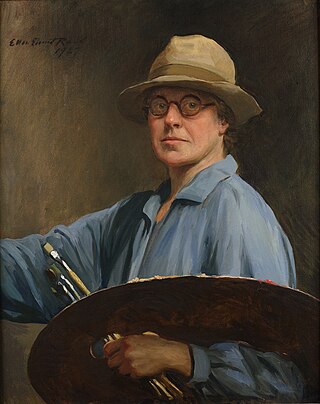
Ellen Emmet Rand was a painter and illustrator. She specialized in portraits, painting over 500 works during her career including portraits of President Franklin D. Roosevelt, artist Augustus Saint-Gaudens, and her cousins Henry James and William James. Rand studied at the Cowles Art School in Boston and the Art Students League in New York City and produced illustrations for Vogue Magazine and Harper's Weekly before traveling to England and then France to study with sculptor Frederick William MacMonnies. The William Benton Museum of Art at the University of Connecticut owns the largest collection of her painted works and the University of Connecticut, as well as the Archives of American Art within the Smithsonian Institution both have collections of her papers, photographs, and drawings.
Elizabeth Colomba is a French painter of Martinique heritage known for her paintings of black people in historic settings. Her work has been shown at the Gracie Mansion, the Wallach Art Gallery at Columbia University, the Museum of Contemporary African Diasporan Arts, the Musée d'Orsay, Los Angeles County Museum of Art, and the Metropolitan Museum of Art.
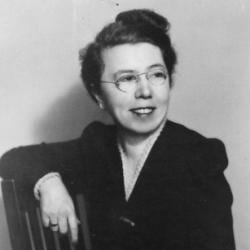
Janet Rosamond de Kay Gilder, also known as Rosamond Gilder, was an American theater critic.
Alice Ruggles Sohier (1880–1969) American artist, known for paintings of figures, portraits, still life, and landscapes. She was an active artist between 1900 until around c.1959.



















